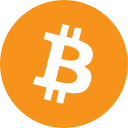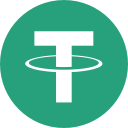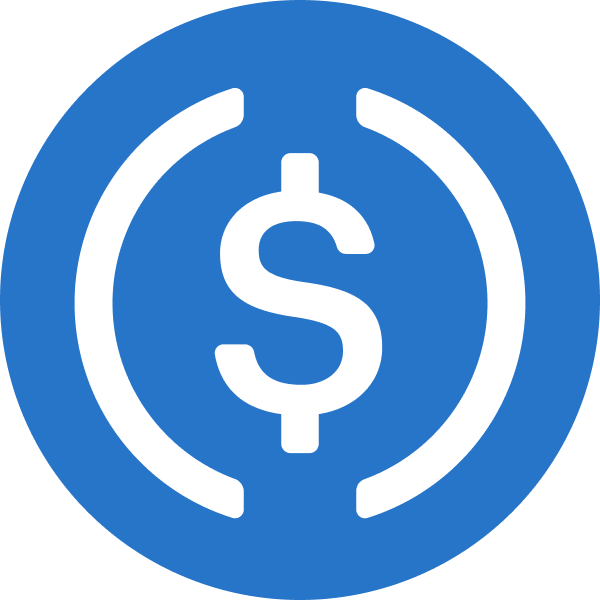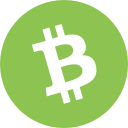
Mirror Protocol
MIR
Aktywo Mirror Protocol nie jest dostępne do handlu na Coinbase Exchange, ale jest obsługiwane w Coinbase Wallet

Kup Mirror Protocol z Coinbase Wallet
Możesz handlować Mirror Protocol, korzystając z Coinbase Wallet, Twojego klucza do świata kryptowalut.
Aktywa Mirror Protocol są dostępne tylko za pośrednictwem Coinbase Wallet. Aktywa w Coinbase Wallet nie są przechowywane przez Coinbase. Korzystanie z Coinbase Wallet podlega tym warunkom.
Informacje o Mirror Protocol
Zdobądź do 200 USD na początek
Zdobądź darmowe kryptowaluty za dokonanie pierwszego zakupu. Obowiązują warunki.

Suma mediany szacowanych oszczędności i zdobytych nagród na użytkownika w 2021 r. w różnych programach Coinbase (z wyłączeniem loterii). Kwota ta obejmuje zwolnienia z opłat z Coinbase One (poza kosztami subskrypcji), nagrody z karty Coinbase i nagrody za staking.
Rynek
Powiązane aktywa
Media społecznościowe
Kalkulator Mirror Protocol
Coinbase Bytes
Mirror Protocol spada w tym tygodniu.
Cena aktywa Mirror Protocol decreased o 1,40% w ciągu ostatniej godziny i increased o 2,88% w ciągu ostatnich 24 godzin. Ponadto cena aktywa Mirror Protocol fallen o 1,24% w ciągu ostatniego tygodnia. Aktualna cena wynosi 0,0575 USD za MIR przy 24-godzinnym wolumenie obrotu równym 297,91 tys. USD. Obecnie aktywo Mirror Protocol jest wyceniane o 99,55% niżej od historycznego maksimum wynoszącego 12,86 USD. To historyczne maksimum było najwyższą ceną zapłaconą za aktywo Mirror Protocol od czasu jego premiery.
Obecna podaż aktywa Mirror Protocol w obiegu wynosi 77 742 679,932 MIR, co oznacza, że Mirror Protocol ma łączną kapitalizację rynkową równą 77 742 679,932.
Często zadawane pytania
Odkryj profile ENS
Wejdź do świata profili ENS (Ethereum Name Service). Łącz się, poszerzaj wiedzę i utrzymuj kontakty ze społecznością web3 na stronie profile.coinbase.com. Sprawdź poniżej garść najpopularniejszych profili ENS.
Niektóre treści zostały przygotowane przez podmioty trzecie niezwiązane z firmą Coinbase Inc. ani jakimkolwiek z jej oddziałów i Coinbase nie ponosi za nie odpowiedzialności. Coinbase nie ponosi odpowiedzialności za jakiekolwiek błędy lub opóźnienia w treści ani za żadne działania podjęte w oparciu o jakąkolwiek treść. Informacje są podawane wyłącznie w celach informacyjnych i nie stanowią porady inwestycyjnej. Nie stanowi to rekomendacji kupna ani sprzedaży określonego aktywa cyfrowego lub zastosowania określonej strategii inwestycyjnej. Coinbase nie składa żadnych oświadczeń dotyczących dokładności, aktualności lub przydatności dostarczonych informacji lub konkretnego aktywa. Podane ceny mają charakter wyłącznie ilustracyjny. Rzeczywiste ceny kryptowalut i związane z nimi statystyki mogą się różnić. Przedstawione dane mogą odzwierciedlać aktywa będące przedmiotem obrotu na giełdzie Coinbase i wybranych innych giełdach kryptowalut.















































